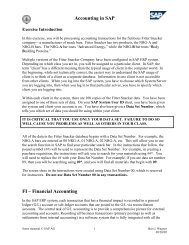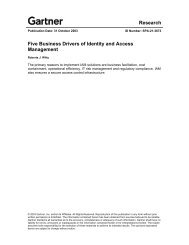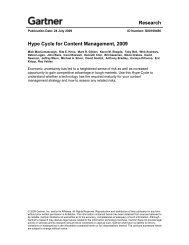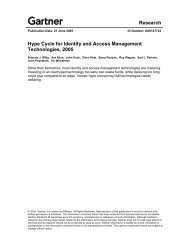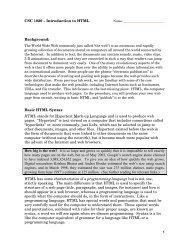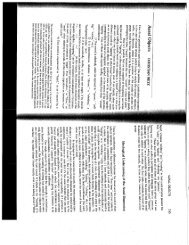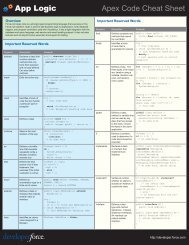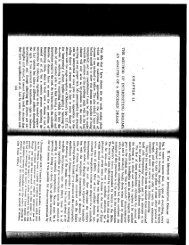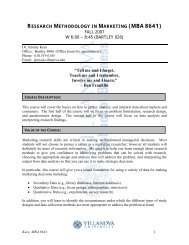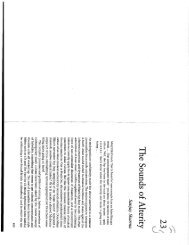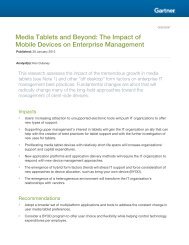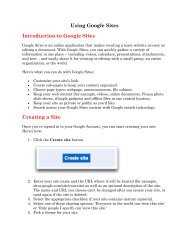Content Management Framework
Content Management Framework
Content Management Framework
Create successful ePaper yourself
Turn your PDF publications into a flip-book with our unique Google optimized e-Paper software.
<strong>Framework</strong> • 5<br />
The <strong>Content</strong> <strong>Management</strong> Lifecycle<br />
<strong>Content</strong><br />
<strong>Management</strong><br />
Lifecycle<br />
Create Step<br />
Compose/<br />
Stage Step<br />
Produce/<br />
Deliver Step<br />
Age/<br />
Archive Step<br />
Authoring<br />
Library<br />
Services<br />
Render and<br />
Publish<br />
Records<br />
<strong>Management</strong><br />
Editorial<br />
Workflow<br />
Process<br />
Automation<br />
Services<br />
Deploy and<br />
Distribute<br />
Policy-Driven<br />
Archiving<br />
Template<br />
Development<br />
<strong>Content</strong><br />
Categorization<br />
Services<br />
<strong>Content</strong><br />
Collaboration<br />
Services<br />
© 2004 Patricia Seybold Group Inc.<br />
Illustration 3. There are four steps to the content management lifecycle: create, compose/stage, produce/deliver,<br />
and age. During the create stage, people either originate content or acquire it (via syndication arrangements)<br />
from third-party sources. The content then passes through editorial and approval workflows before going to the<br />
next step. During the compose/stage step, content is organized and stored for subsequent distribution. During the<br />
produce/deliver step, content is distributed to multiple venues such as Web page views, ebusiness portals, printed<br />
documents, wireless displays, and the like. Finally, during the last step, content is aged; it is either archived or<br />
destroyed.<br />
Key Steps<br />
As stated above, the four steps of the content<br />
management lifecycle are:<br />
• Create<br />
• Compose/stage<br />
• Produce/deliver<br />
• Age/archive<br />
THE CREATE STEP. Some people (such as authors,<br />
photographers, or speakers) within an enterprise<br />
originate various digitized assets—including text,<br />
images, graphics, and sounds. Others are involved in<br />
the editing, review, and approval (reviewers/approvers)<br />
of the specific kinds of content. A<br />
third group (typically, graphic artists or Web designers)<br />
is involved in creating the visual presentation,<br />
such as developing the individual templates or designing<br />
documents for publication. A fourth group<br />
(application designers or Web designers) develops<br />
the logic (and programs) that defines the interactive<br />
experiences—what end users view, hear, and experience<br />
when they click specific links or make particular<br />
selections.<br />
For the create step, the important features to consider<br />
are factors that affect authoring, editorial workflow,<br />
and template development.<br />
Authoring. A content management system provides<br />
the necessary features and functions for ingesting<br />
new content and storing it within a repository. Con-<br />
© 2004 Patricia Seybold Group • Unauthorized redistribution of this report is a violation of copyright law. A Customers.com ® Research Service




